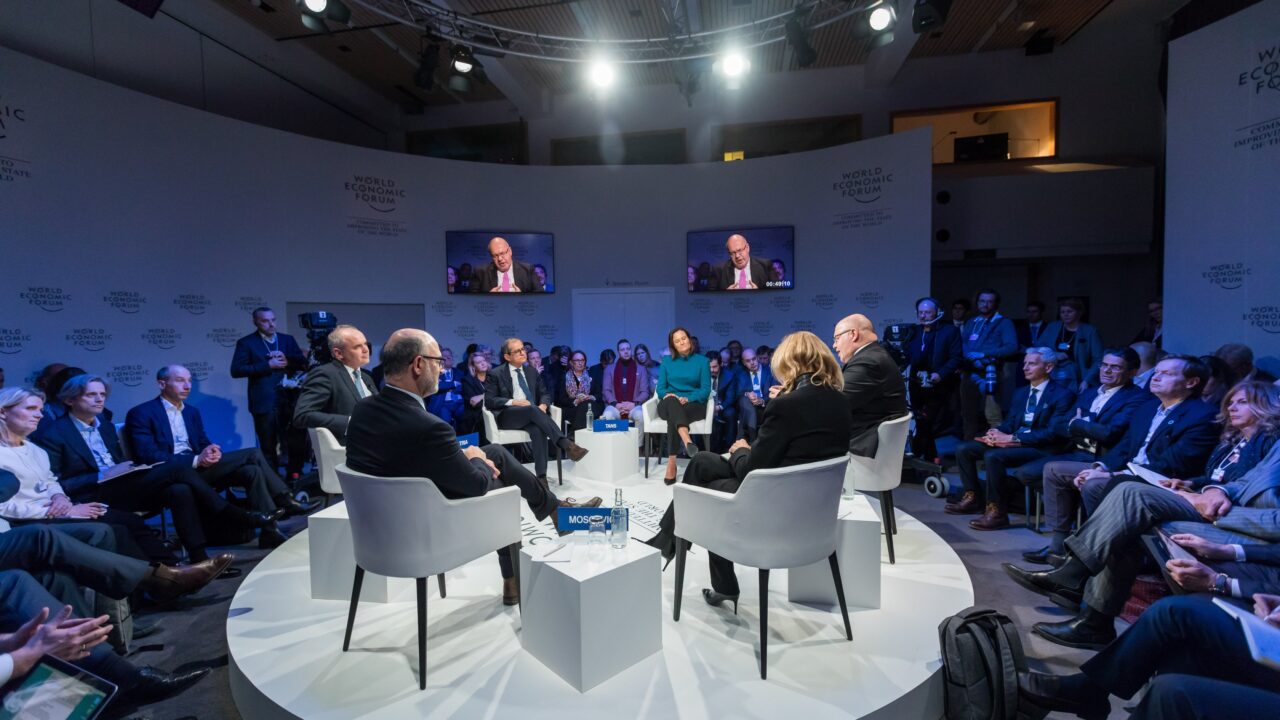The demography of the United States is changing. People of color will be the majority within a generation — and already make up the majority of students in public schools nationwide. Meanwhile, wealth — and the power, protection, and access that comes with it — continues to be denied to communities of color. Buoyed by entrenched racism, wealth inequality stems from the same forces that have recently become the targets of demonstrations across the United States. As more and more of the country is coming to realize, these systems of inequality have been part of our nation’s fabric since its founding. But we’re facing an increasingly dire reality. According to “The Road to Zero Wealth,” a 2017 study by Prosperity Now and the Institute for Policy Studies, median household wealth for African Americans is less than a tenth of that of white Americans, and we are on a trajectory in which African-American median household wealth could fall to zero by 2053.
Of course, this alarming economic scenario has only been exacerbated by the COVID-19 pandemic. The pandemic has had a disproportionate impact on African Americans and people of color more broadly. We’re witnessing how institutional racism in healthcare, public health, and economic policy has left African Americans especially vulnerable to the outbreak, with early data indicating that African Americans represent more than 70 percent of those infected with and 40 percent of those killed by the virus in places like Louisiana, Chicago, and Michigan. COVID-19 is a generational event that will only further widen the racial wealth gap. People of color already live in the margins of our economy, and the virus is amplifying racialized disparities at an alarming rate. African-American and Latino communities are still reeling from the Great Recession. Even prior to the outbreak, 2020 was projected to be an economically challenging year for people of color, with median African-American and Latinx household wealth estimated to drop 18 percent and 12 percent, respectively, from 2013.
What we are talking about here is not a modest gap. It is a chasm that speaks to moral as well as economic peril. As Black and brown communities suffer, some of our country’s richest and most powerful institutions continue to benefit from our economic system — and from the COVID-19 pandemic. There has been widespread coverage of the massive gains of corporate giants like Jeff Bezos, who is currently on track to become the world’s first trillionaire. Less remarked upon but equally significant is the increasing wealth of our nation’s charitable foundations. According to the Foundation Center, there are nearly 86,000 charitable foundations with more than $890 billion in assets — and this number is rapidly increasing. These are institutions that are founded with a mission to support the common good, many explicitly naming racial equity as a priority.
Given the rapid increase of our racialized economic divides, philanthropy must do more.
Over the past few years, there has been increased scrutiny of the business of philanthropy, catalyzing widespread discussion and debate about philanthropy’s role in perpetuating and exacerbating economic inequality and racial injustice, even within progressive and non-profit spaces. Books like Winners Take All, by Anand Giridharadas, and Decolonizing Wealth, by Edgar Villanueva, make compellingly clear that philanthropy is the product of wealth inequality and thrives — deliberately or not — in an environment that perpetuates privilege, white supremacy, and entrenched power. Perhaps most significantly, institutional philanthropy often reinforces economic exploitation and extraction. Philanthropy, like extreme poverty, is simply a byproduct of social, gender, racial, and economic injustice.
There has been far less critique of philanthropy’s cousin: impact investing, or investments that generate both financial returns and social impact. This has become an increasingly popular approach to tackling social problems. Impact investing comes in many forms but is driven by the belief that the market principles of capitalism should be applied to social change. Of course, this view overlooks a key reality: the many ways in which market forces generate injustice and inequality in the first place. Take, for example, the origins of wealth for the vast majority of philanthropists, from the industry magnates of the late 19th and early 20th centuries to the tech billionaires of the 21st. By and large, these individuals and institutions have benefited from — and often advocated for — exclusionary policies that include redlining, wage suppression, and human rights violations. Impact investing is often described as a way to transform health care, housing, and other areas in need of improvement, but it is impossible to dismantle the systems that created wealth inequality in our country while upholding the power structure of those same systems.
A 2016 report by the Center for Global Policy Solutions found that, in denying equitable opportunities to entrepreneurs of color, the United States is missing out on one million businesses, nine million jobs, and some $300 billion a year in national income. In others words, everyone benefits from ending systems of oppression and discrimination and from advancing solutions developed and led by people of color. Charlene Carruthers, activist and founding national director of BYP100 (Black Youth Project 100), said it best: “It is not a risk to invest in black and brown people fighting for liberation. It’s the surest bet. When we have the resources to lead our own struggles, the world is transformed.”
But the transformation cited by Carruthers is in fact a great risk to a system that enables the sort of widespread inequality that plagues economies across the world, including right here in the U.S., where the wealthiest one percent of households own 40 percent of the country’s wealth. Even in the face of a global pandemic and global protests, it is clear that the entrenched economic system will continue to preserve the best interests of the status quo; it is yet another reminder that power concedes nothing without a demand. How, then, do we adequately invest in Black and brown folks to lead the fight for liberation?
We must first recognize the radical disparity in resources invested into Black, indigenous, and people of color-led institutions. To help paint the picture, consider that, in majority Black communities, 90 percent of small businesses have just 15 days or less of cash reserves — compared with 50 percent for businesses in majority white communities. According to the Association of Black Foundation Executives, only 23 percent of Black-led nonprofits have three or more months of operating reserves. Complementary research from Echoing Green found that the unrestricted assets of nonprofits led by people of color were 76 percent smaller than white-led institutions.
None of this should be a surprise considering how deeply these racialized systems are ingrained within every part of American life; however, it does bring to light the severity of the challenge. Philanthropists and impact investors must wrestle with their complacency in the systemic accumulation and concentration of wealth and, most importantly, redress systemic failures and restore equity.
To make this a reality, foundation leaders should take a hard look at how they manage and invest their endowments. Federal law only stipulates that foundations give away five percent of their endowments each year (including staff and consultant expenses). The other 95 percent of foundation endowments are generally invested in Wall Street to ensure that philanthropic largess remains in perpetuity. Foundations can no longer treat the investment of their endowments separately from their grantmaking. The level of inequity in this country is rising quickly; the stakes are too high.
Instead, we need a new approach, one referred to as “restorative economics” by donor organizer and philanthropy consultant Nwamaka Agbo. This is an approach that is rooted in relationships with vulnerable communities and existing community-led social justice organizing in a way that democratizes the ownership of wealth, land, and resources by giving local communities the power to make decisions about who has access to those resources.
Of the 15 largest U.S. foundations, only Ford, Kellogg, Kresge, and MacArthur have committed part of their endowments to align with their missions. But even these foundations have, by and large, still not invested their assets in alignment with their missions. Rather than pursue investment returns that prioritize perpetuity, what if foundations invested their assets in ways that deliberately addressed inequality? What if foundations divested from Wall Street altogether and instead invested in building wealth and power in BIPOC communities? The goal for foundations should no longer be to accumulate wealth, further enabling wealth inequality to persist. Foundations must fundamentally change their way of operating by redistributing wealth, democratizing power, and shifting economic control to communities. This requires a shift in our underlying assumptions about the role of capital in philanthropy.
To create the equitable future we want, we need to be honest about what got us to, and keeps us in, this place of radical and widening economic inequality. If we truly want to live in an equitable society, those of us with power must give some of it up. Foundations are positioned to show the way.

